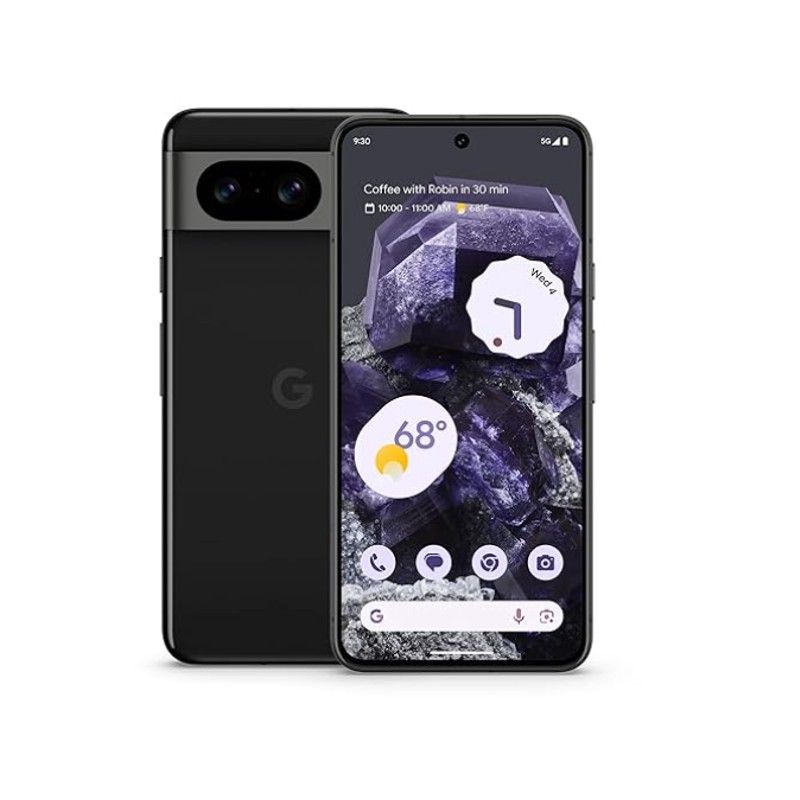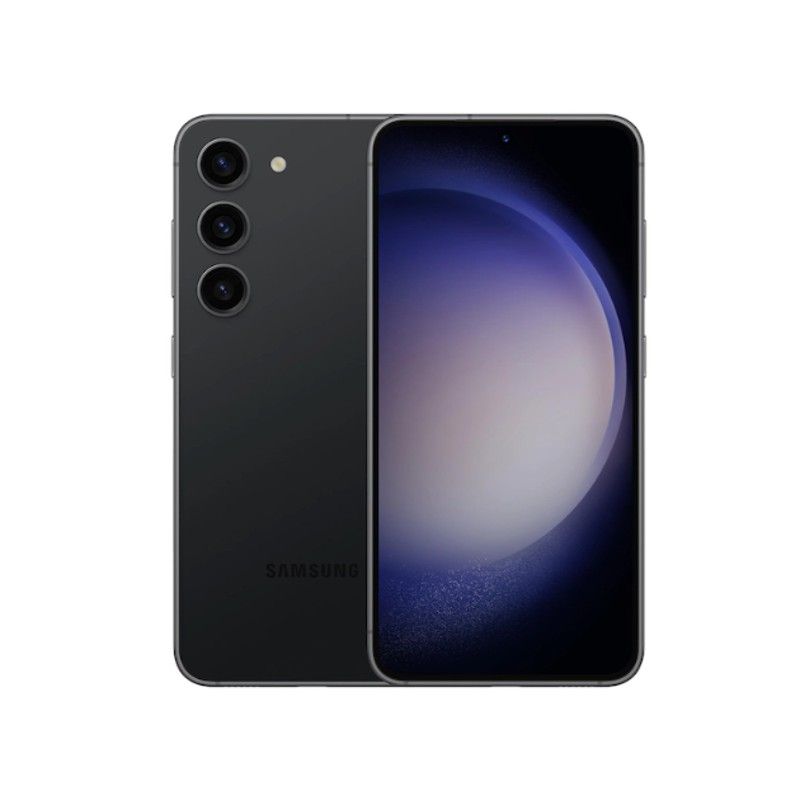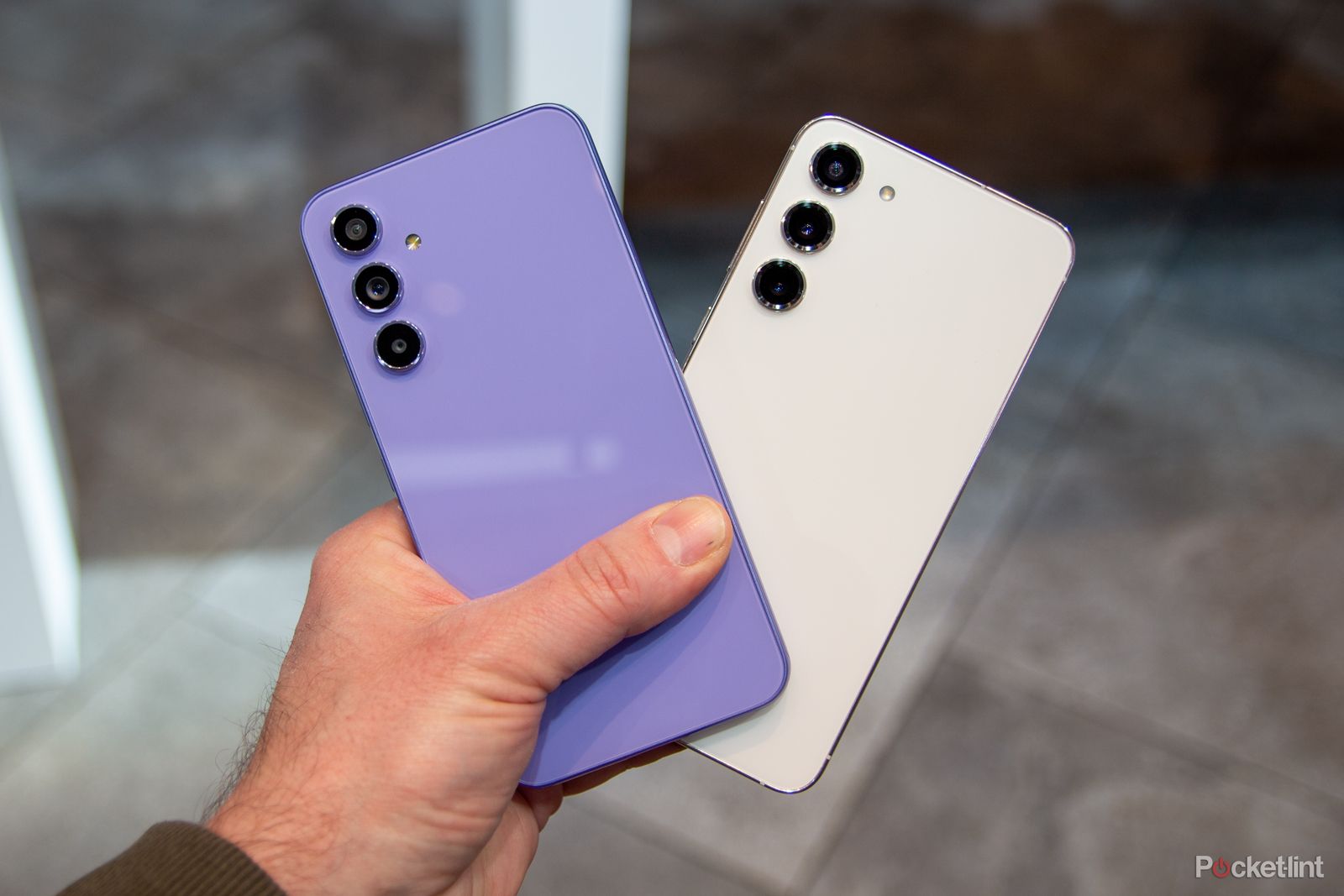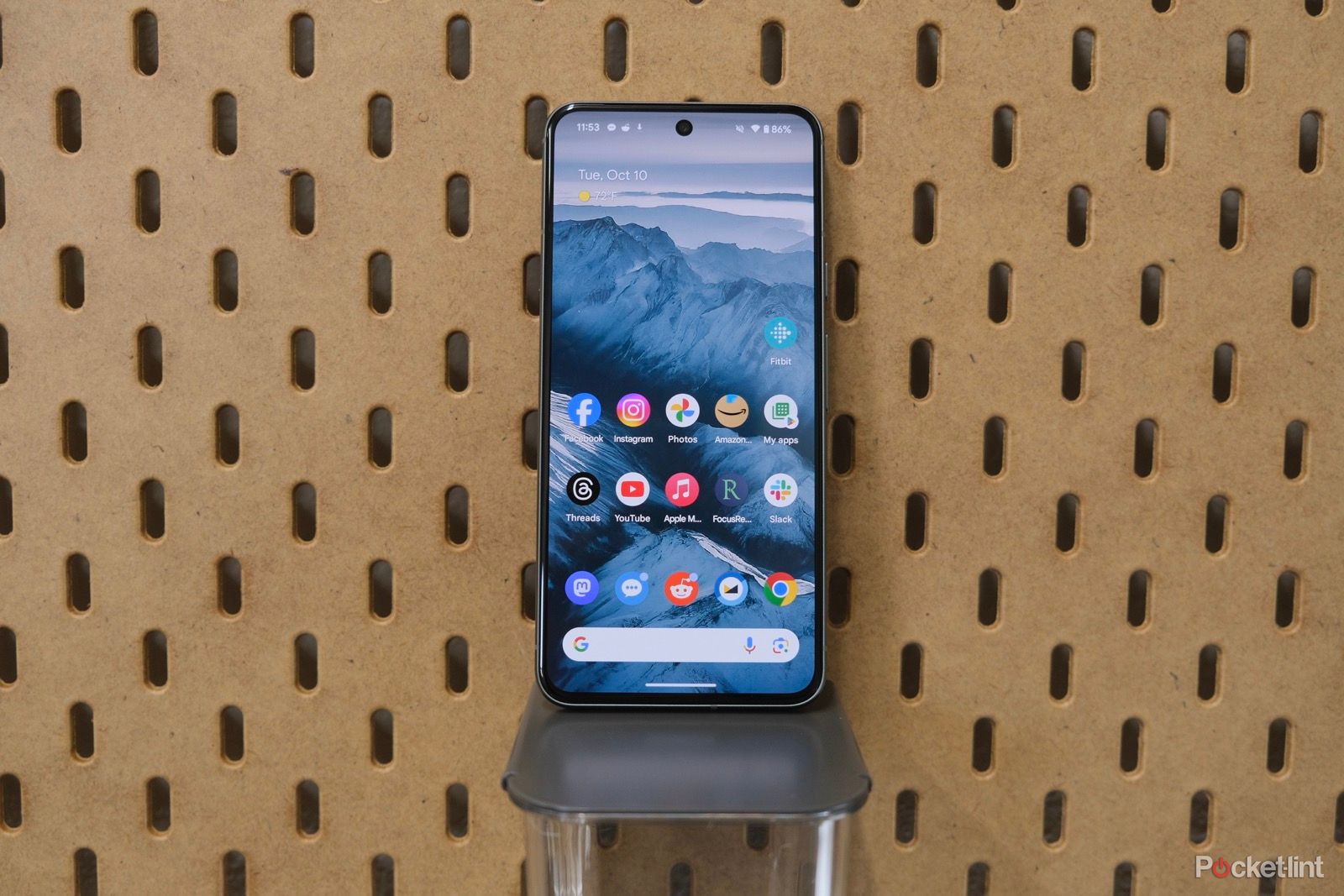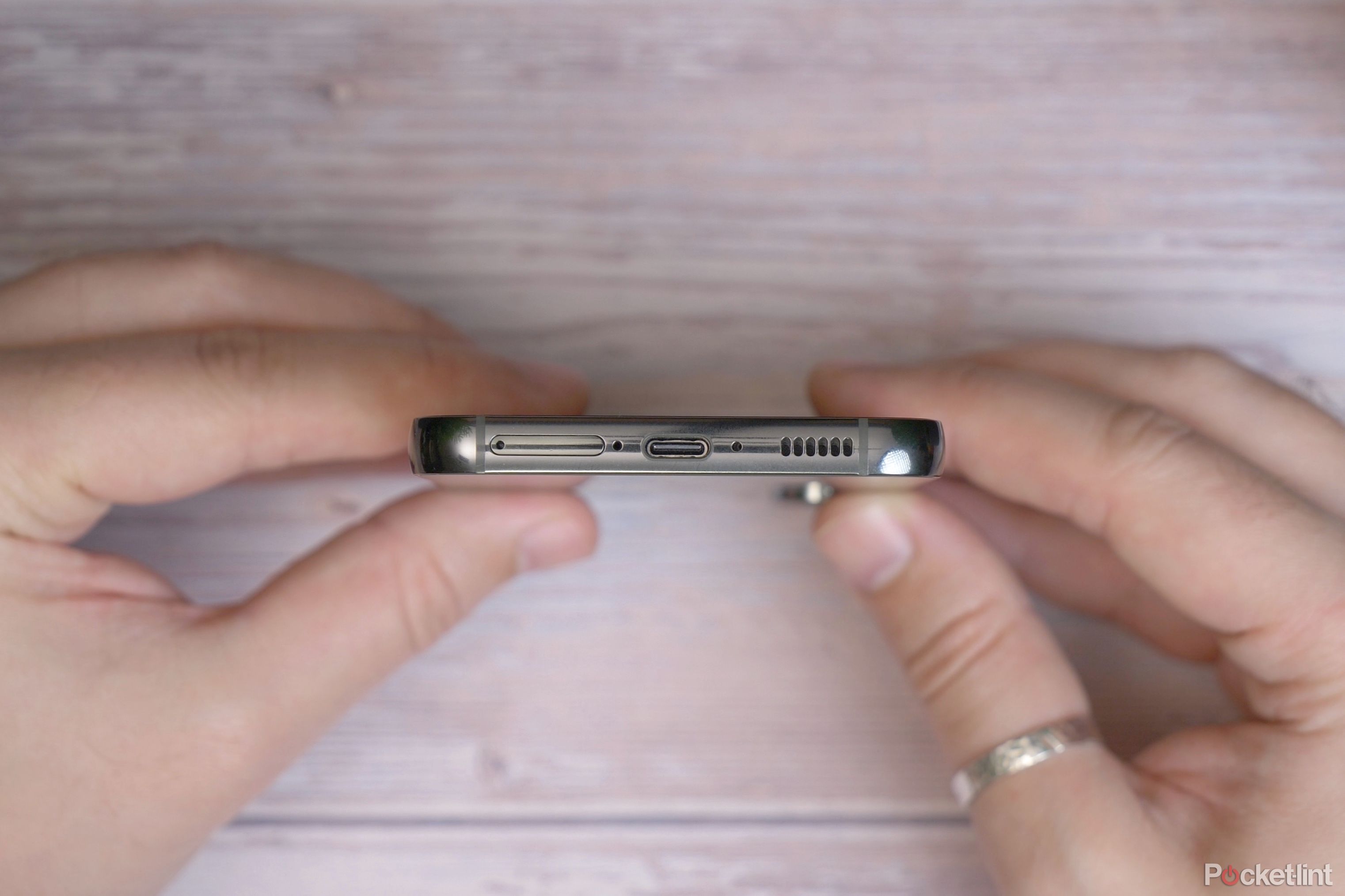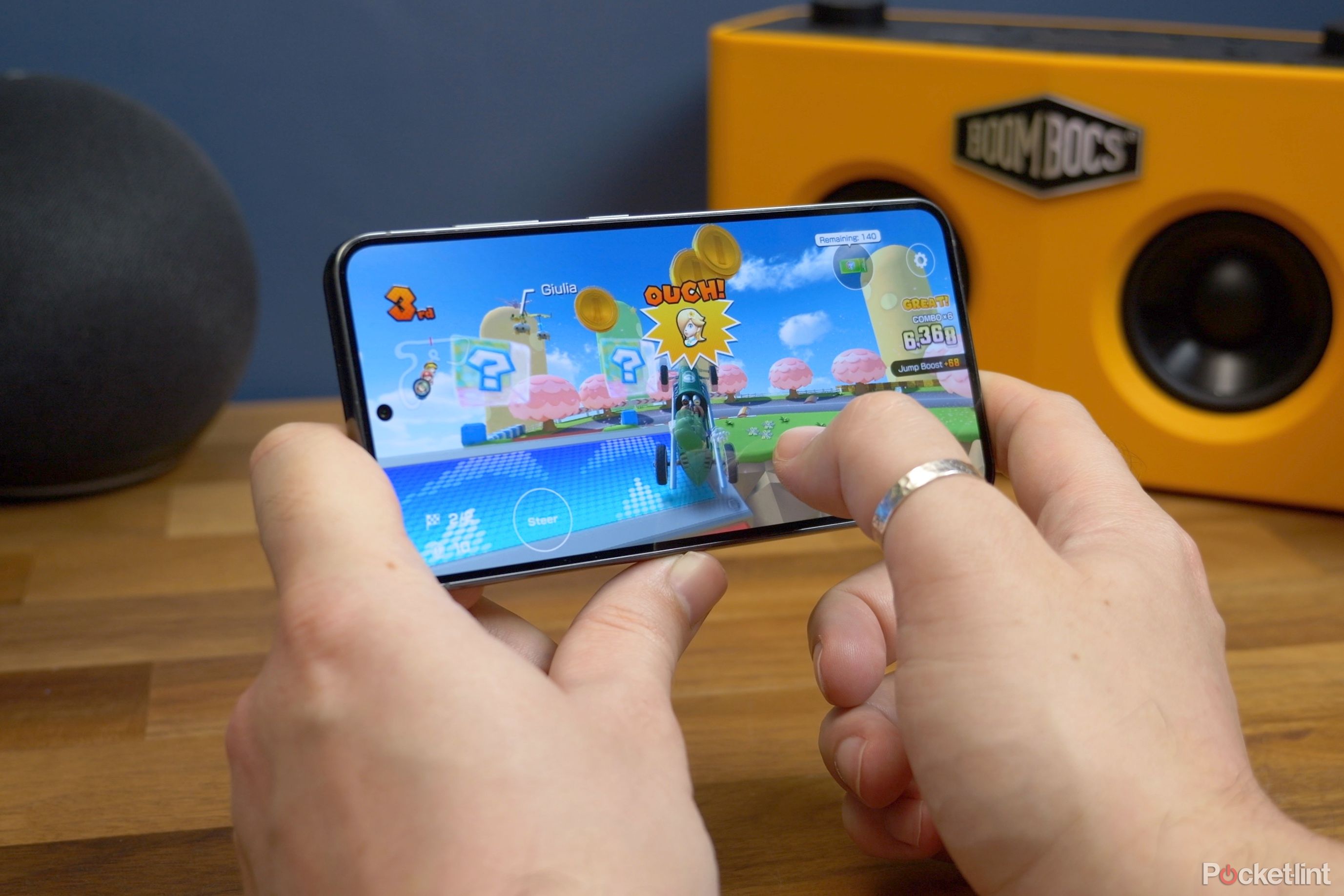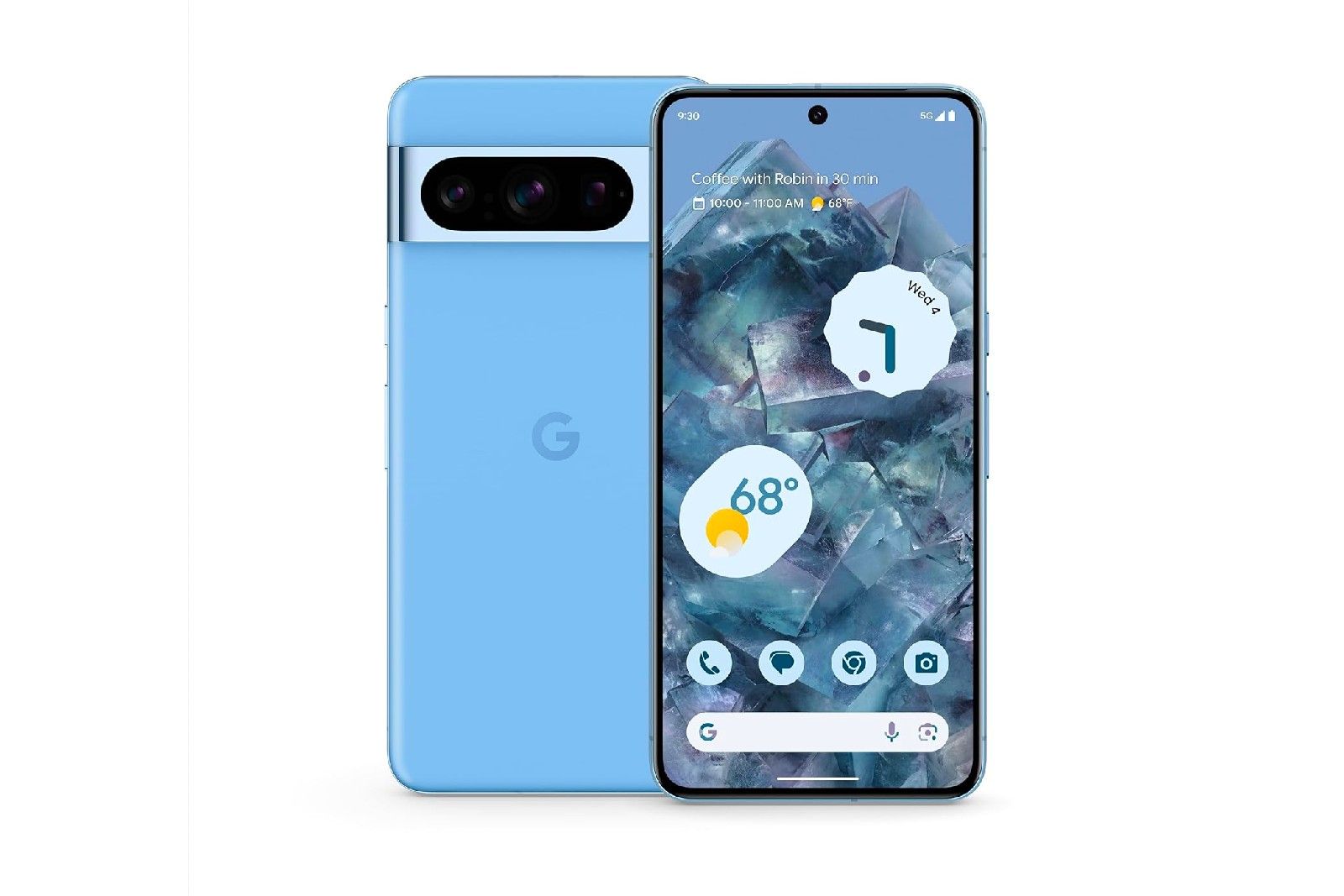-
Google Pixel 8
Our top pickThe Google Pixel 8 does a great job of being an "every day" phone. It shoots great photos, gets good battery life, decent performance for most tasks, and it does it all while retaining Google's long-term software updates.
-
Samsung Galaxy S23
Better for softwareThe Galaxy S23, while it doesn't come with the Pixel 8's camera suite, is an excellent phone. The handset packs a stronger processor and great software updates, and in many respects, matches Google's performance.
Key Takeaways
- Slimmer smartphones still have a place in the market, and both the Google Pixel 8 and Samsung Galaxy S23 offer great features and designs worth considering.
- The Pixel 8 has a more ergonomic design and larger display, while the Galaxy S23 is smaller and lighter, making it the better choice for small phone enthusiasts.
- Both phones have high-quality displays, decent speakers, and receive regular software updates, but the Galaxy S23 has a stronger CPU for more demanding tasks, while the Pixel 8 has a better camera system.
It's no secret that smartphones have trended bigger and more complex over the span of the last decade, and past few years with the introduction of foldables. However, there is still space in people's hearts and pockets for a smaller smartphone that still works really well. The market for a slim slab still packed with features, Google and Samsung make great flagship handsets worth your attention and investment.
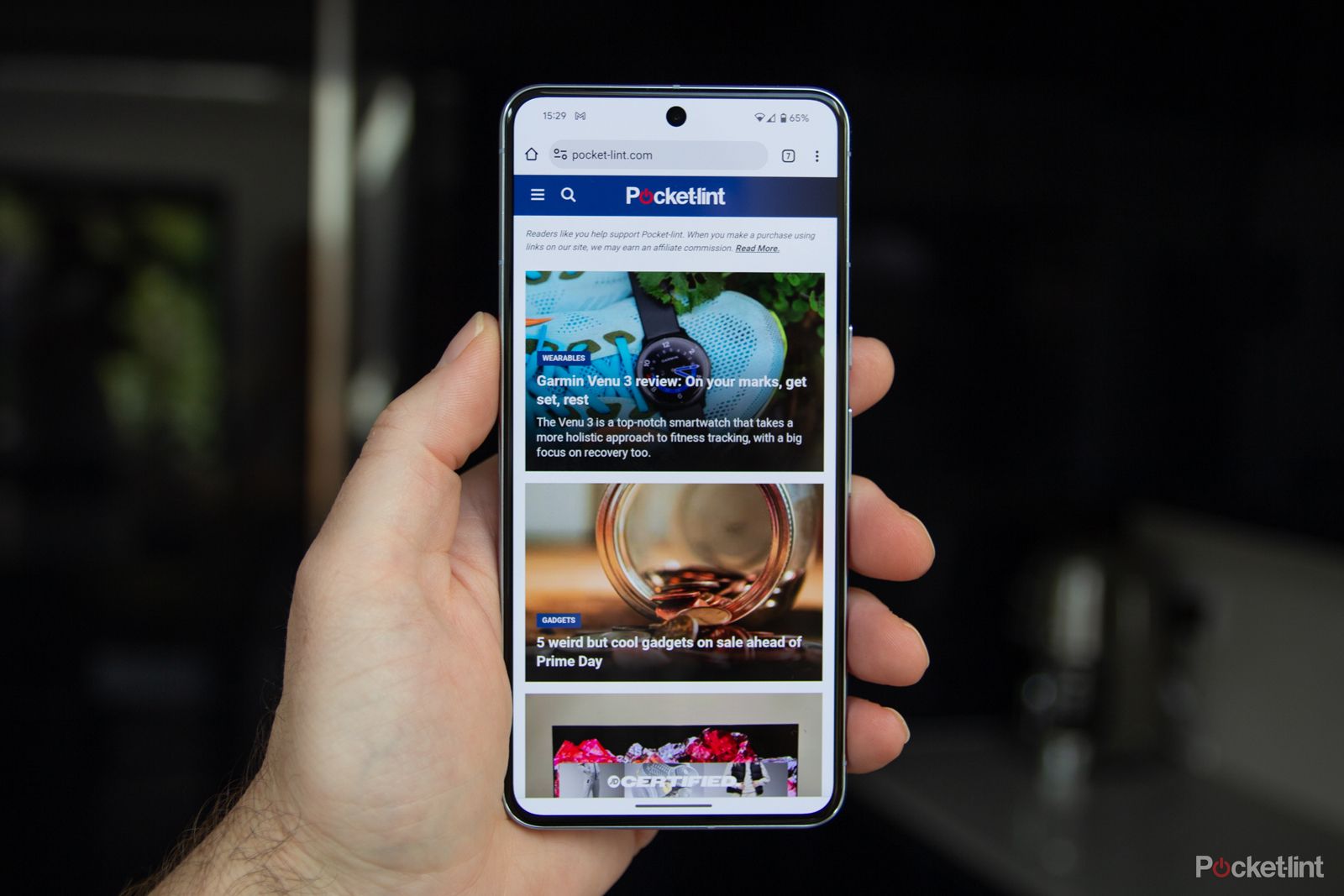
Google Pixel 9: What we want to see
Google's next smartphone lineup might once again define what it means to be the best Android smartphone.In one corner, there's the fairly new released Google Pixel 8, which made its debut in October 2023, and comes with Google's latest hardware and software. In our review, we praised the phone for its excellent design, great cameras, and great display.
In the other corner, we have the Samsung Galaxy S23. It launched in February 2023 and is the smallest of all the Galaxy S23 devices, including the Galaxy S23 FE.
Both phones are widely available from carrier stores along with online and in-person retail stores. The Galaxy S23 retails for $799, while the Google Pixel 8 will run you $699.
Samsung Galaxy S23 Google Pixel 8 SoC Snapdragon 8 Gen 2 Google Tensor G3 Display 5.1-inch, 120 hz, AMOLED 2X 6.3-inch, Actua OLED, 2400 x 1080, 428ppi, 60-120Hz, up to 2000nits RAM 8GB 8GB Storage 128GB / 256GB / 512GB 128GB / 256GB Battery 3900mAh, 25W wired, 15W wireless 4575mAh, 30W fast charging, 12-18W wireless Operating System Android + One UI Android 14 Front camera 12MP, f/2.2 10.5MP Rear camera 50MP f/1.8 main, 12MP f/2.2 ultrawide, 10MP f/2.4 3x optical telephoto 50MP wide + 12MP ultrawide Dimensions 70.9 x 146.3 x 7.6mm, 168g 150.5 x 70.8 x 8.9mm, 187g IP Rating IP68 IP68
Design
From the front, the phones look fairly similar, both featuring rounded rectangular screens with a punch-hole style front-facing camera in the top middle of the display. Around the back, you start to see each OEM's trademark designs. The Galaxy S23 has Samsung's vertical triple camera bump in the top corner, while the Pixel 8 has a camera bar that spans horizontally across the device.
In terms of pure ergonomics, the Pixel 8 is the superior design. Thanks to its camera placement, you can set it down on a table, and the device won't wobble where the Galaxy S23 will. However, that's a fairly minor nitpick, but something to be aware of if you'e not a fan of some slight bulk.
In terms of size, the Pixel 8 is significantly larger than the Galaxy S23, with a screen that is over an inch larger. Thus, if you're going for the smallest possible flagship, the S23 is the more reasonable answer here. As a consequence, the Galaxy S23 is also the lighter smartphone by a little more than half an ounce or approximately 20 grams.
When it comes to overall looks, it's a fairly subjective thing. Both of these phones have good designs that are nice to look at. However, objectively, the Galaxy S23 is the smaller and lighter of the two, while the Google Pixel 8 has a more ergonomic design overall. With that said, this is a game of inches, and neither side scores any major wins here.
Display and speakers
Here, the two phones start to go their separate ways. The Galaxy S23 has one of the best AMOLED displays on the market, with a 1080p, 5.1-inch AMOLED X2 display that is capable of refresh rates up to 120 Hz and a peak brightness of up to 1,750 nits. Simply put, it ticks all the boxes a premium smartphone display should have, and is equipped with great color reproduction, functions smoothly, and is easy to see outdoors. Samsung has more or less perfected display technology.
Similarly, the Google Pixel 8 also delivers in a strong way. It boasts a 1080p, 6.2-inch OLED display, a refresh rate of up to 120 Hz, and 2,000 nits. It competes favorably with Samsung's flagship, especially in the brightness department. It's also a huge upgrade from the Google Pixel 7 in almost every way. Oh, and the colors look great on the Pixel 8 as well.
The big difference, though, is the display size. The Galaxy S23's much more pocket-friendly size means that it'll appeal more to small phone enthusiasts. The Pixel 8 isn't as big as the S23 Ultra's 6.8-inch display, but 6.2 inches still puts the Pixel 8 on the larger side of the spectrum.
Thus, the advice here is a bit clearer. Small phone fans will like the Galaxy S23 more, while folks who want middle-size or larger phones will likely be happier with the Pixel 8.
Both phones utilize a bottom-firing speaker and the earpiece speaker to produce stereo sound. We would've said the Samsung speakers are better overall a year ago, but Google has made some pretty impressive strides with the Google Pixel 8. Neither speaker system is so much better than the other that we'd recommend one phone over the other. That said, it's very encouraging that both phones have halfway-decent speakers.
Performance and software
The nice thing about both of these devices is that both Samsung and Google do a pretty good job of getting updates to their flagships. As of this writing, both phones run Android 14, with the Galaxy S23 adding One UI 6 over the top. Whether or not you prefer Google's Android experience or Samsung's is a matter of personal taste, but you won't be missing out on features that come with the latest version of Android anytime soon.
In terms of performance, things again deviate just a little bit. The Snapdragon 8 Gen 2 in the Galaxy S23 is the stronger overall CPU. You'll notice the performance difference if you're running the very hardest tasks, like rendering video or playing a mobile game that features ray tracing. The Snapdragon 8 Gen 2 is better equipped for those sorts of tasks.
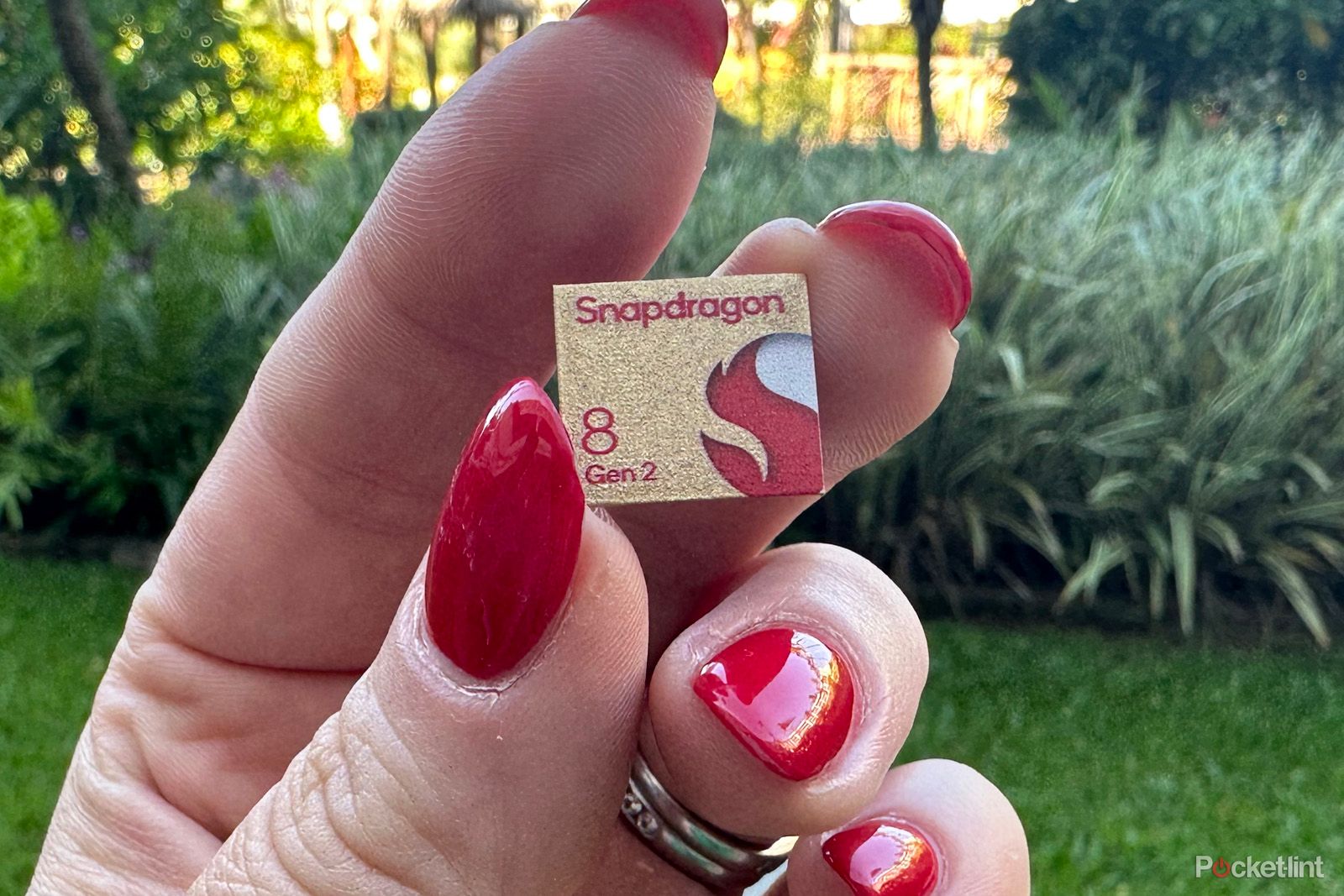
Qualcomm Snapdragon 8 Gen 2: Detailing the 2023 flagship mobile platform
This is everything you need to know about the Qualcomm Snapdragon 8 Gen 2 mobile platform and what it means for 2023 flagship smartphones.However, Google's Tensor G3 is no slouch and performs on par with the Snapdragon 8 Gen 1 in most benchmarks. You'll still be able to play ray tracing games, render videos, and other intensive tasks. It'll just be a little less quick about it than the Snapdragon 8 Gen 2. Google also packed in quite a bit of AI functionality.
Thus, the Galaxy S23 is measurably better in all metrics if you're looking for the highest-performing device. However, if you're just doing everyday stuff or playing typical mobile games, the Tensor G3 will do the task without complaint. Simple stuff like scrolling social media, browsing the web, or watching YouTube will feel virtually identical between the two devices. It's really only the most intensive task where you'll see a difference.
Cameras
Cameras are a tricky subject. After all, some people like purely realistic photos, while other people prefer having a bit of pop and flair with their photography. Luckily, both phones are capable of producing some truly excellent photographs in most lighting situations. Both also have a decent selection of software tricks as well, but we'll talk more about that in a moment.
For hardware, Samsung has more physical cameras on its device. The Galaxy S23 has a 50MP main shooter with a 12MP selfie camera. Packed alongside those are a 10MP telephoto camera with a 3x zoom and a 12MP ultrawide camera for a total of four cameras. The Pixel 8 packs a 50MP main shooter with a 10.5MP selfie camera along with a 12MP ultrawide camera that doubles as the device's macro camera for a total of three lenses.
You can see some photos from the Google Pixel 8 above. All three lenses are capable of shooting crisp, clear, and colorful photographs. The cameras are also capable of taking some great low-light photos thanks to Google's software magic. You can also do some other fun stuff with the Magic Editor, Best Take, and Google's other features. The result is a best-in-class photography experience despite having one fewer camera lenses than the Galaxy S23.
Yes, they look like the same photos, but these are actually pictures taken with the Galaxy S23 so that you can compare the same photos side by side. The Galaxy S23 takes some truly excellent photos, especially if you like saturation. Samsung includes some software trickery of its own, including a couple of night modes, although some of it, like astrophotography mode, is reserved for the more expensive Galaxy S23 Ultra.
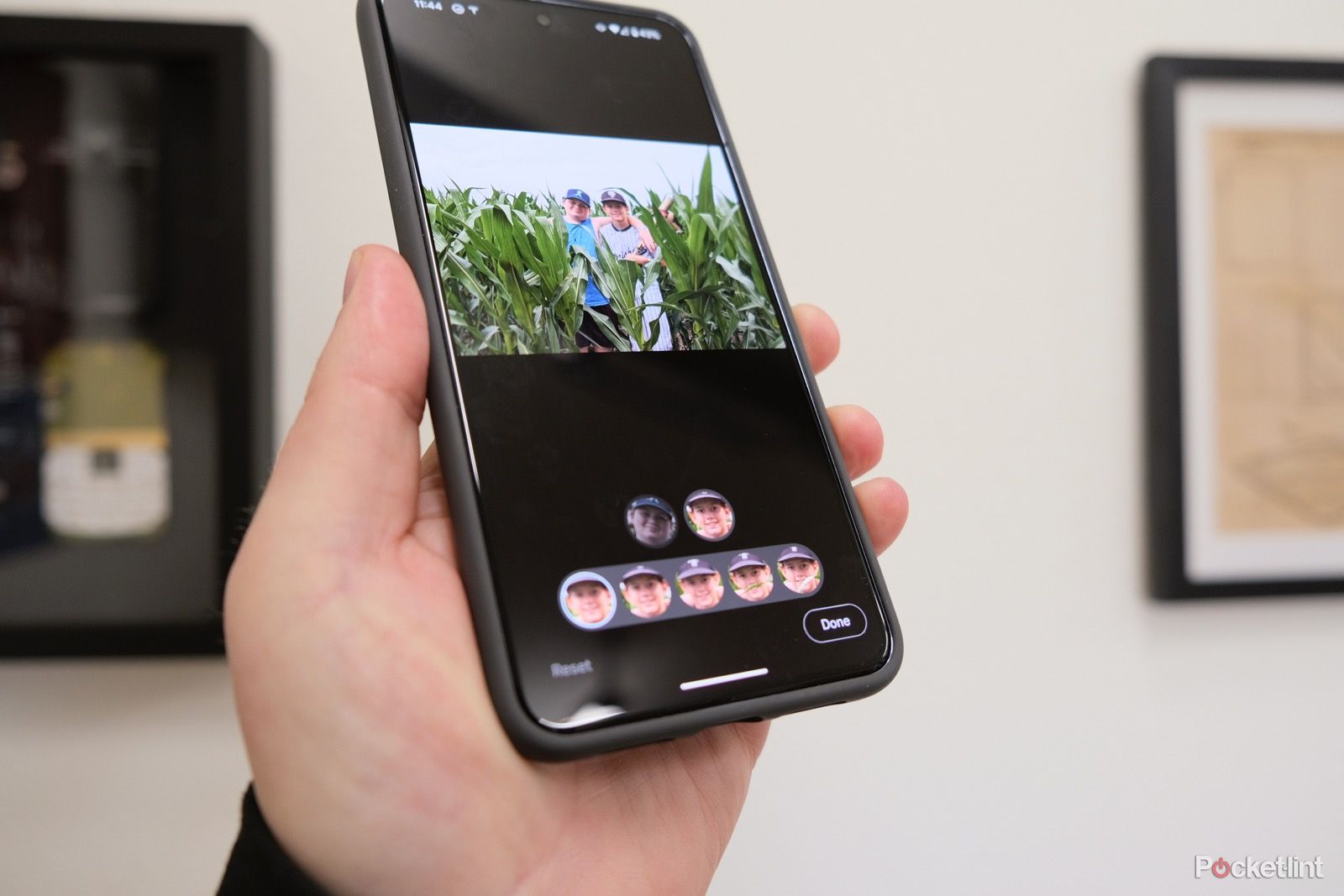
What is the Pixel 8's new Best Take feature and how does it work?
The Pixel 8's Best Take feature gets you perfect group photos, but there are some things to remember.Make no mistake, both phones take great photos. However, we believe the Google Pixel 8 pulls out a fairly clean win between its excellent hardware and world-class software post-processing. That doesn't make the S23 bad by any stretch, but a winner is a winner.
Conclusion
So, let's tally up the results and see which phone is better. As is the case with most flagships in 2023, a lot of it comes down to personal preferences, but we can draw some lines in the sand. Folks looking for the best performance to do the hardest tasks need to look no further than the Galaxy S23. It has the most powerful smartphone CPU in a phone that doesn't have a fruit logo emblazoned on it. With its excellent camera, display, and software update speed, the Galaxy S23 is worth buying.
However, we think the Google Pixel 8 is also a pretty darn good smartphone. Yes, you shave some performance off the top, but Google makes up for it by having a better camera system. Thus, we think it's the better overall phone unless you specifically need more horsepower for something. It'll fly through typical tasks and has enough horsepower to not get left entirely in the dust by the Snapdragon 8 Gen 2. It's the one we recommend for most people.
Other than the performance, photography, and size elements, these phones are otherwise neck and neck. Both have OLED displays with high refresh rates and high peak brightness numbers. Neither phone has a headphone jack or a microSD card slot. Both come with 8GB of RAM and 128GB of storage in the base models. The only other real difference is price, and the two are separated by only $100. You can't make a bad decision here, but based on your personal habits, you should be able to pick one of them.

